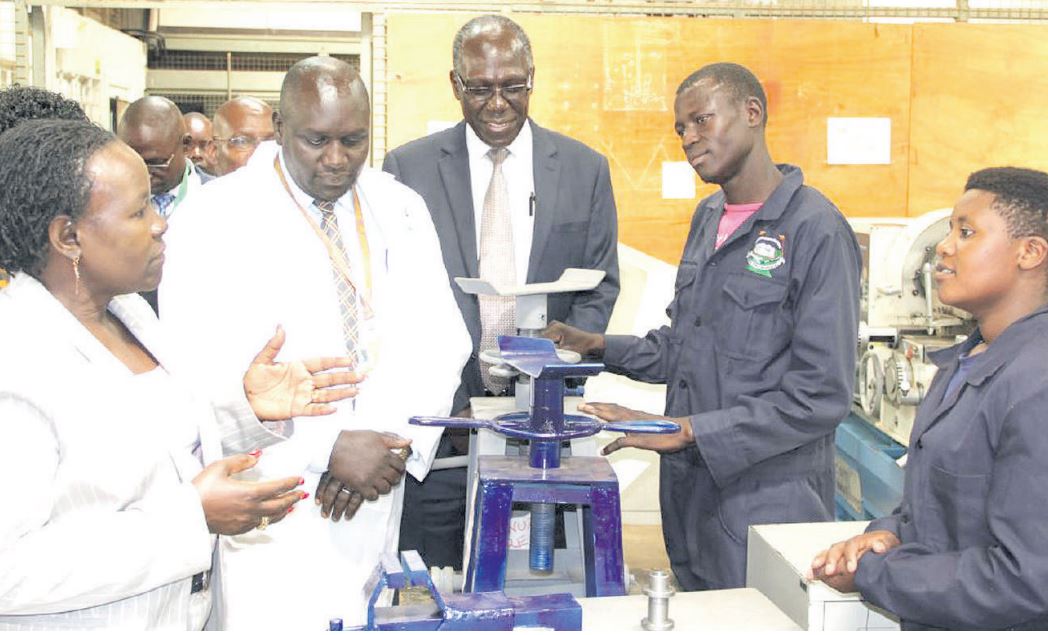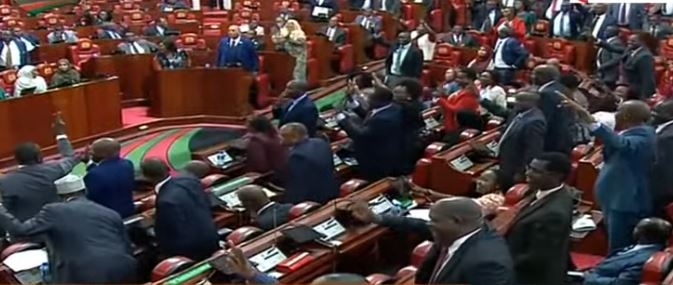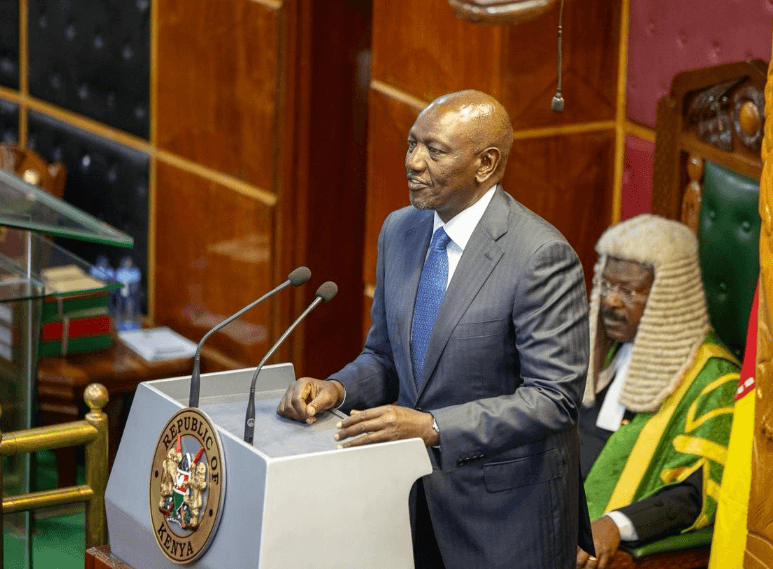
This problem, however, is going to be a thing of the past, given the programme that the government has been able to establish. I recently had a sit down with Dr Esther Mworia, who is the Principal Secretary for Technical Vocational Education and Training, during the SemaNaSpox BongaNaGAVA podcast.
The state department is within the Ministry of Education and we are happy that as a government that we’ve been able to increase the enrollment of young people in TVET from 300,000 to 700,000 since 2022. This is an increase of about 130 per cent.
There has been a shift to ensure those admitted do three months’ training for a single skill, so that in nine months an enrollee ends up with three skills. The recruits are from the industry by the industry to the industry, so that after three months, they go back and work, before going back to TVET for more training.
The programme is structured using the German model, in which 50 per cent of the learning is done in the classroom, and 50 per cent in the industry. This means there is no skills gap, so an employer having to train new employees immediately after recruiting them is going to be a thing of the past. The government wants to ensure that industry and college are speaking to each other.
We have 238 TVET institutions in our 290 constituencies. President William Ruto started this programme when he was the Deputy President. It is undertaken in collaboration with the county governments. For example, Murang’a has been able to cluster its institutions into campuses and specialisations. This is also happening at the national level. The Meru National Polytechnic is specialising in gypsum technology, to ensure we have the best of our students as experts.
There are so many other success stories, including those of 500 students who are being trained at the Nairobi National Polytechnic to work in Australia. Due to TVET, employment opportunities are more often readily available compared with theoretical or managerial degree courses, due to their practicality and the demand for them.
Diaspora remittances have increased from $4 billion to 4.95 billion, 85 per cent supports families at the household level. This translates to Sh638.6 billion, the highest foreign an exchange earner for this country. TVET is, therefore, very important for our country’s development.
The government also is leveraging on these skills from TVET to run programmes such as the NYOTA, which is a Sh28 billion investment in collaboration with the World Bank. It’s going to help many Kenyans acquire skills and entrepreneurial opportunities. More than 100,000 young Kenyans aged between 18 and 29 years – and up to 35 years for Youth With Disabilities – are going to get as much as Sh50,000 to start small businesses. Seventy young people from each of the 1,450 wards will get Sh50,000 startup capital, and more than 800,000 youth shall participate in this programme countrywide.
In addition, the TVET programme aims to increase enrollment to as many as two million students by the end of this year. There has been collaboration with development partners in this field. For example, the Kiambu National Polytechnic has benefited from German government support amounting to Sh2 billion in equipment and material support to ensure that it is up to speed and scale.
The government is calling upon Kenyans to take up these training opportunities in TVET, which the Higher Education Loan Board is ready to finance, in addition to the NG-CDF and the Ministry of Education’s bursary programmes. The Curriculum Development Advisory Committee is in charge of the standardising of the training in that, while level 1 is an artisan course, level 6 is equal to a diploma course. It doesn’t matter whether one has a degree or is a Class 8 leaver: TVET is an equaliser. This is important, as we need better skills to power our development and reconstruct our country into truly middle-income status.
Kenya is indeed a reconstruction site, and TVET is the game changer.








![[PHOTOS] Betty Bayo laid to rest in Kiambu](/_next/image?url=https%3A%2F%2Fcdn.radioafrica.digital%2Fimage%2F2025%2F11%2F3b166e2e-d964-4503-8096-6b954dee1bd0.jpg&w=3840&q=100)







